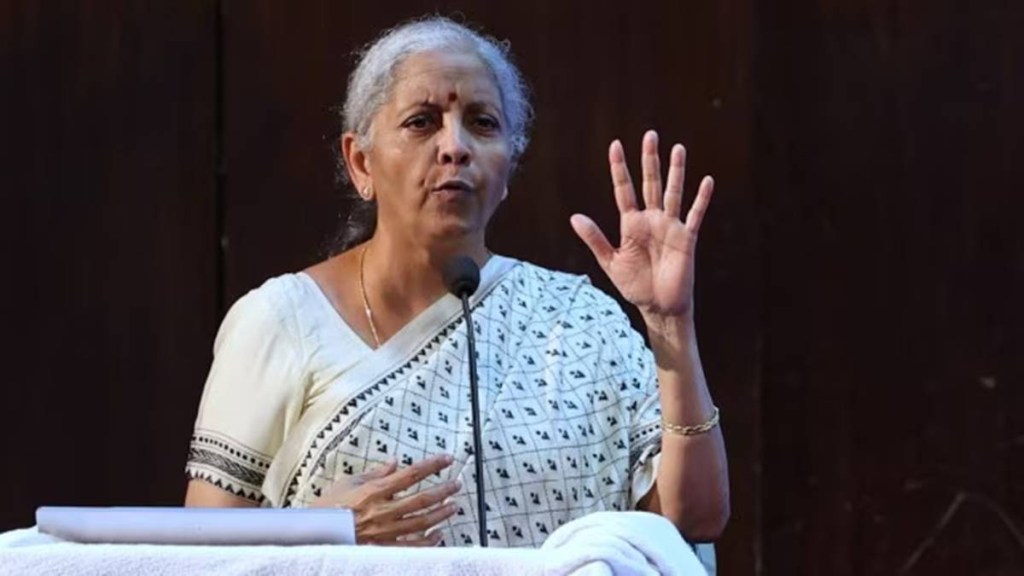Finance minister Nirmala Sitharaman has been exhorting India Inc to unleash its animal spirits and invest. Flagging a raft of reforms and sops unleashed by the government, she has also said industry should now invest as their complaint about lack of demand visibility has been taken care of. In fact, the FM even went to the extent of saying they should indicate what else they want. No government should have to goad companies to commit fresh capital. It is indeed unfortunate that much of India Inc has simply watched while the government pretty much did all the heavy lifting; capex allocations rose from Rs 9.5 lakh crore in FY24 to Rs 10.2 lakh crore in FY25, and is Rs 11.2 lakh crore for the current year.
Government’s heavy lifting vs. private caution
While it’s true that some sectors such as renewable energy, steel, automobiles, and other infrastructure areas have seen some serious capacity addition, others have indeed put investments on the backburner. A government survey showed that while the actual capex by the private sector was up at Rs 5.72 lakh crore in FY23, a jump of 45%, it trended down to Rs 4.22 lakh crore in FY24. The survey indicates that the intended capex for FY25 was Rs 6.56 lakh crore while for FY26, it is Rs 4.89 lakh crore. A projection by the Reserve Bank of India (RBI) reveals private sector capex will go up by 21.5% in the current year to Rs 2.67 lakh crore. The jump may appear reasonable but it comes off a very modest base.
Indeed, despite the chunky incentives they have got, a majority of companies have chosen to simply play safe. The biggest break came way back in September 2019 when the corporation tax was cut to 22% from 30%, bringing down the effective tax rate to just 25.6% from 34.9% earlier. Moreover, the minimum alternate tax was reduced to 15% from 18.5%. New manufacturing companies were given the option to pay tax at a lower rate of 15%, without any exemptions. The revenue foregone on this count was a whopping Rs 1.45 lakh crore or 0.7% of GDP.
Rather than spending on capex, however, most companies have simply been enjoying the boost to their bottom lines. As of March, India Inc was sitting on cash to the tune of Rs 13.5 lakh crore. With steep cuts in goods and services tax rates across nearly 400 goods and services, the government has once again given the corporate sector a bonanza. It is giving up revenues of close to Rs 50,000 crore and the companies that benefit from this must reciprocate by making fresh investments. There can be no reason for holding back since interest rates too are now trending down.
Problem with hiring and reciprocity
Also, corporations must get back to hiring and stop cutting back on headcounts. Employee expenses for a sample of 2,361 companies (excluding banks and financials) were up just 7% in FY25 compared with a rise of 9% in the previous year and an increase of 16% in FY23. The FM has also called on the private sector to partner with the government to skill youth. Although India Inc constantly laments the shortage of adequate skilled labour, very few companies have actually taken on the responsibility to increase this pool. India needs to create 8 million livelihoods every year at minimum, excluding agriculture. It’s nobody’s case that it’s the responsibility of the private sector alone. But before making fresh demands, India Inc must contribute their bit to the economy.
